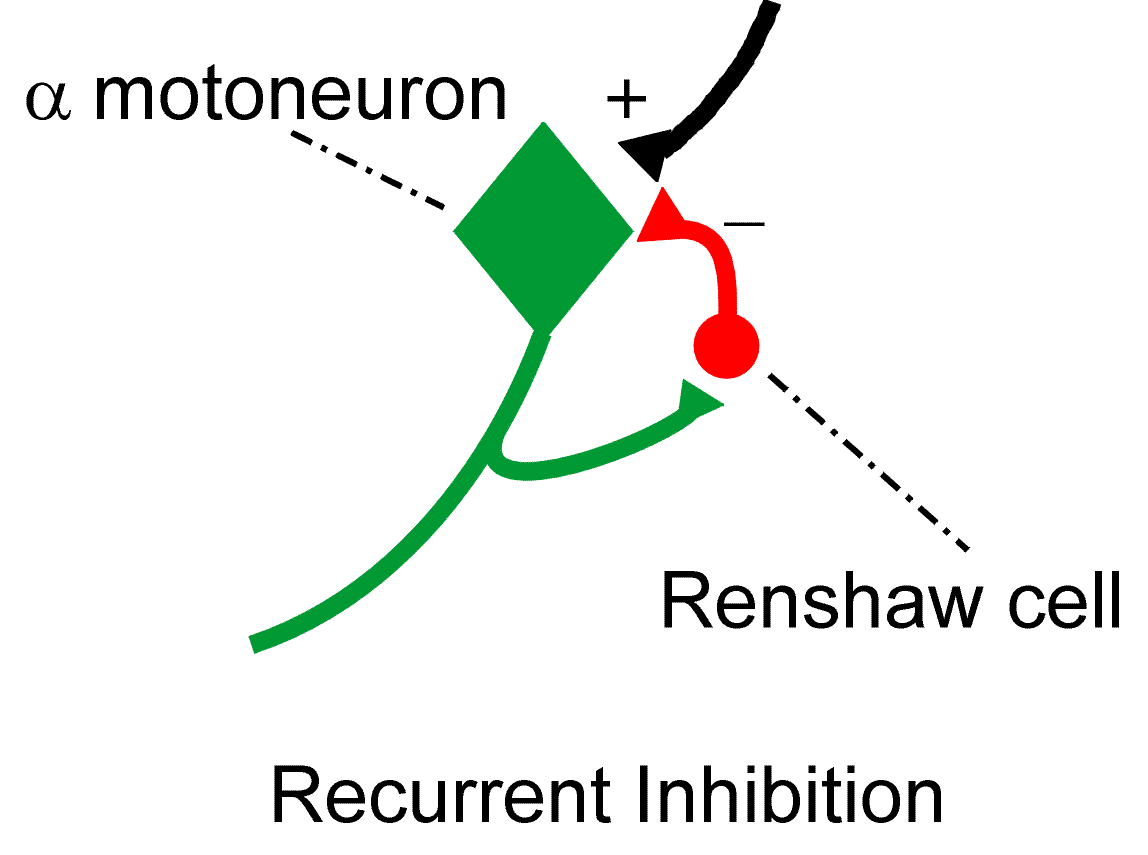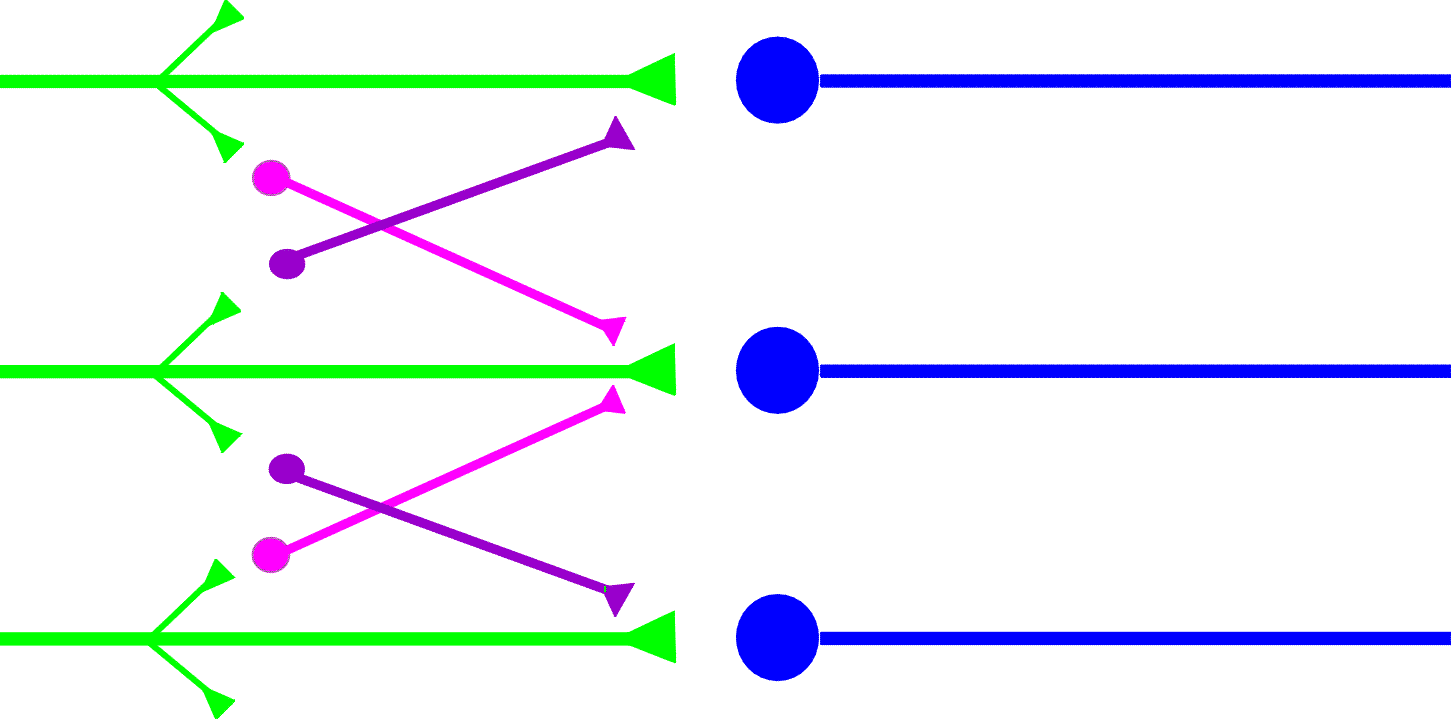Sensory Processing
The Reverend Dr. David C.M. Taylor
dcmt@liverpool.ac.uk
© David Taylor and The University of Liverpool, 1999
 Chapter 4 in Carpenter, RHS, Neurophysiology 3rd Edition 1996, Arnold
Chapter 4 in Carpenter, RHS, Neurophysiology 3rd Edition 1996, Arnold
 Chapter 6 in Bray, Cragg, MacKnight, Mills & Taylor, Lecture Notes on Human Physiology 3rd Edition, 1994 Blackwell Scientific Publications
Chapter 6 in Bray, Cragg, MacKnight, Mills & Taylor, Lecture Notes on Human Physiology 3rd Edition, 1994 Blackwell Scientific Publications
 Chapter 23 in Kandel, Schwartz & Jessell, Principles of Neural Science 3rd Edition, 1991, Elsevier
Chapter 23 in Kandel, Schwartz & Jessell, Principles of Neural Science 3rd Edition, 1991, Elsevier
Sensory systems are organised in a hierarchical and parallel fashion for instance:
Touch
 Dorsal column/medical lemniscal pathway
Dorsal column/medical lemniscal pathway
 conveys tactile information
conveys tactile information
 Anterolateral system
Anterolateral system
 conveys noxious and tactile information
conveys noxious and tactile information
Try not to get bogged down in anatomical detail, look at the differences between the two pathways, and think how damage to the spinal cord or the brainstem might give different sensory deficits. There are clear advantages in having important information relayed to the brain by several different pathways - could you list a few?
Somatotopy
 At each level of the nervous system
At each level of the nervous system
 spinal cord
spinal cord
 dorsal columns
dorsal columns
 thalamus
thalamus
 cortex
cortex
 there appears to be a "map" of the body
there appears to be a "map" of the body
Check in your textbooks, you will see that there are different maps for the sensory and motor systems. How do you think that the maps have been arrived at? How far do you think we can trust them? What use are they?

Inhibition
Since there is a vast quantity of information passing into the central nervous system, it is clear that there must be a way of filtering out the necessary from the superfluous. The body has several strategies - including the rapidity or slowness of the adaptation of the receptor. A key strategy, however, is that of inhibition, which takes four forms.
 reciprocal inhibition, is that seen in the motor system between the flexor and extensor motoneurones. It would clearly be undesirable for both to contract fully at the same time.
reciprocal inhibition, is that seen in the motor system between the flexor and extensor motoneurones. It would clearly be undesirable for both to contract fully at the same time.
 recurrent inhibition, is that seen in the knee jerk reflex
recurrent inhibition, is that seen in the knee jerk reflex

 Two point discrimination
Two point discrimination
 discrimination between two points close together
discrimination between two points close together
 Braille, texture
Braille, texture
 partly due to the receptor density
partly due to the receptor density
 high over finger tips (discriminate 1 - 3 mm)
high over finger tips (discriminate 1 - 3 mm)
 low over forearm (discriminate 2 - 5 mm)
low over forearm (discriminate 2 - 5 mm)
 and partly due to surround inhibition
and partly due to surround inhibition
The activity passing up the nervous pathway inhibits surrounding neurones through interneurones. This has the effect of sharpening the contrast between the signal itself and the background activity. Try to copy and annotate the diagram below and draw action potentials on it to show what surround inhibition does.

 Descending Inhibition
Descending Inhibition
 Is profoundly important, and will be discussed in the context of pain.
Is profoundly important, and will be discussed in the context of pain.

back to top | back to index |
![]() Chapter 4 in Carpenter, RHS, Neurophysiology 3rd Edition 1996, Arnold
Chapter 4 in Carpenter, RHS, Neurophysiology 3rd Edition 1996, Arnold ![]() Chapter 6 in Bray, Cragg, MacKnight, Mills & Taylor, Lecture Notes on Human Physiology 3rd Edition, 1994 Blackwell Scientific Publications
Chapter 6 in Bray, Cragg, MacKnight, Mills & Taylor, Lecture Notes on Human Physiology 3rd Edition, 1994 Blackwell Scientific Publications ![]() Chapter 23 in Kandel, Schwartz & Jessell, Principles of Neural Science 3rd Edition, 1991, Elsevier
Chapter 23 in Kandel, Schwartz & Jessell, Principles of Neural Science 3rd Edition, 1991, Elsevier 
